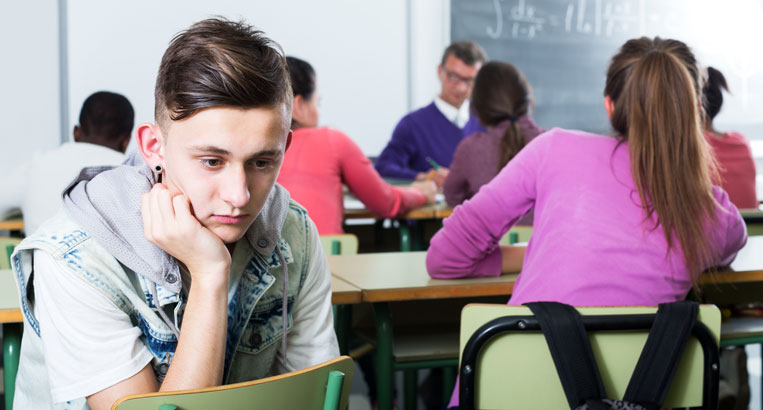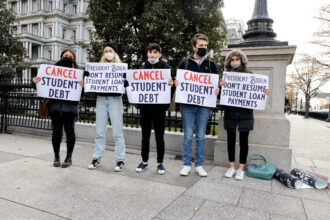Teachers struggle with violent and disruptive behavior, as 787,000 students were suspended in 2022-23.
Figures indicate a sharp increase in the number of students who are suspended or excluded from school as teachers in England continue to struggle with violent and disruptive behavior in classrooms and playgrounds.
Ministers referred to the Department for Education‘s 2022-23 figures as “shocking,” noting that a record 787,000 suspended students, or nearly one in ten students in England, are being temporarily sent home.
9,400 students were permanently excluded, a 44% increase from 2021-22 and much higher than the previous years. The number of students excluded from primary schools increased from 760 to 1,200 a year; however, most exclusions occurred in secondary schools.
According to the DfE, the most common reason cited for exclusions and suspensions was “persistent disruptive behavior,” with about 3,500 students excluded for violent behavior towards adults or children.
The education minister, Stephen Morgan, stated, “These shocking figures are a wake-up call about the problems that have grown in our schools in recent years. They put into sharp focus that too many pupils are being held back by their background and that our education system is failing to meet the needs of children with additional needs.”
“Every pupil deserves to learn in a safe, calm classroom and we will always support our hard-working and dedicated teachers to make this happen.”
He stated that Labour had promised to introduce free breakfast clubs in every primary school, provide access to specialized mental health professionals in every secondary school, and ensure early intervention for students with special needs in mainstream classrooms.
He added, “But we know poor behaviour can also be rooted in wider issues, which is why the government is developing an ambitious strategy to reduce child poverty led by a taskforce co-chaired by the education secretary so that we can break down the barriers to opportunity.”
Since the pandemic years of 2020 and 2021, when schools were closed to the majority of students for prolonged periods of time, school leaders and teaching unions have issued cautions that students’ behavior has significantly worsened. Students who started secondary schools during the pandemic would have been in their 14s or 15s last year, which is typically the age range at which exclusions are most common.
The general secretary of the Association of School and College Leaders, Pepe Di’Iasio, stated that increasing funding for family support programs and education was “vitally important” to provide schools with more options than just suspensions and exclusions.
Di’Iasio states, “School leaders only ever suspend and exclude pupils as a last resort, and therefore this rise would appear to reflect the increasingly complex needs and challenging behaviour we are seeing in schools and across wider society.”
“Behavioural issues are often a result of poor mental health or unmet special educational needs. We desperately need the new government to work alongside the education profession to put support systems in place that ensure young people get the help they need to stop these problems from escalating.”
Although there were more exclusions overall than in previous years, the percentages of students excluded were lower than 15 years ago. This year’s exclusion rate was 0.11%, which was less than the 0.12% rate in 2006-2007 but also higher than the 0.10% rate from 2016 to 2019.
According to the data, there was more permanent exclusion in the late 1990s, with 12,700 in 1996-1-97. However, the DfE stated that the earlier estimates were based on incomplete pupil data by the local authorities and were not comparable with the data collected since 2006-07.















